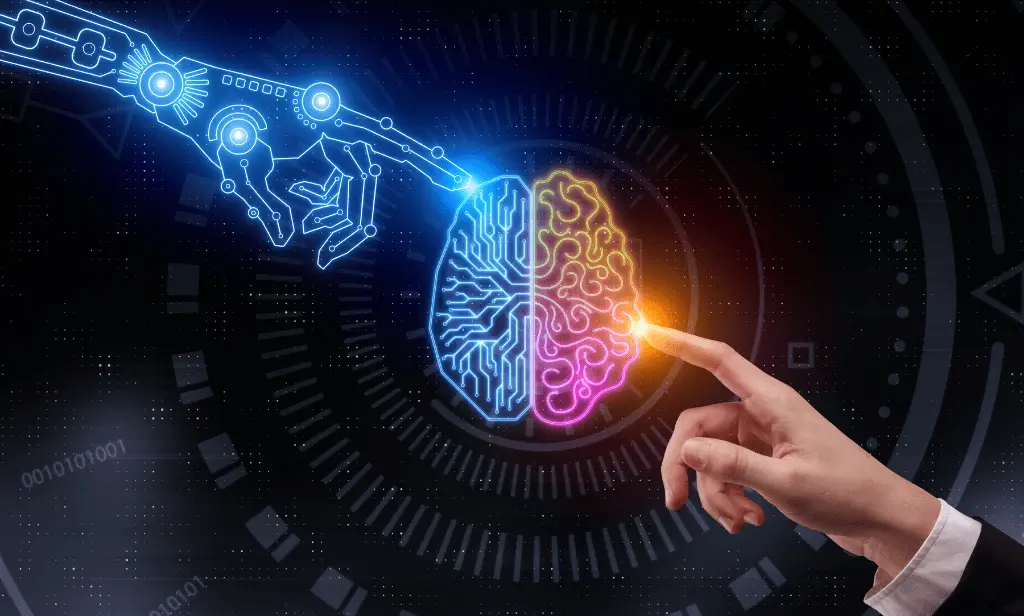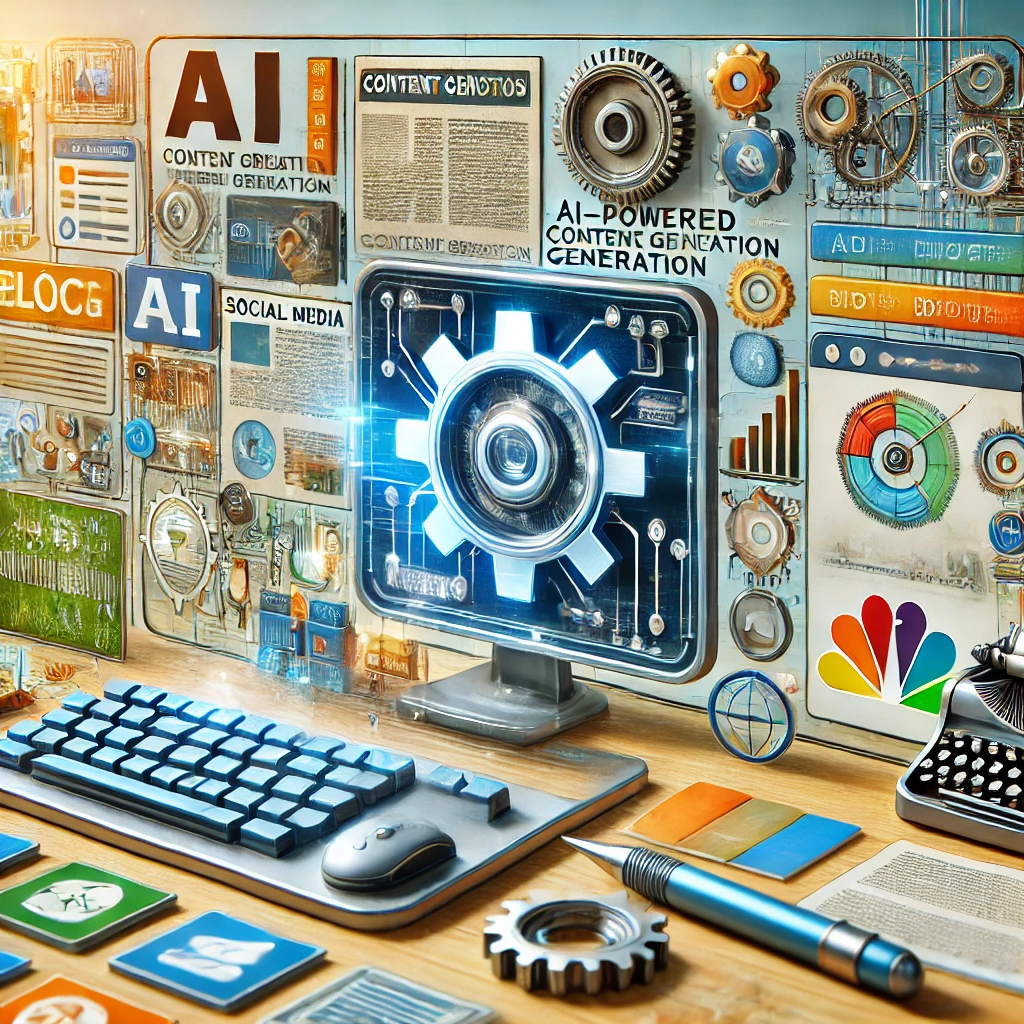
The world of sports is evolving rapidly, with new technologies continuously shaping how games are played, managed, and experienced. One of the most transformative innovations in recent years has been artificial intelligence (AI). The introduction of AI in sports analytics has revolutionized how teams analyze player performance, manage injuries, develop strategies, and engage fans. The question many are asking is, how is AI being used in sports analytics today?
In this blog, we’ll explore the key ways AI is changing the sports landscape, delve into the role of AI development services, and provide answers to five frequently asked questions on this topic.
1. Optimizing Player Performance
One of the primary uses of AI in sports today is in player performance analysis. Coaches and trainers now rely on AI-powered systems to gather, analyze, and interpret vast amounts of data related to an athlete’s movements, stamina, and overall performance.
AI tools equipped with machine learning and computer vision track various metrics such as running speed, acceleration, jump height, and even biomechanical movements. This data provides real-time feedback on how athletes can improve their technique. For example, in basketball, AI-driven cameras and wearables monitor players’ movements during games and training sessions, offering insights that help optimize form and reduce fatigue.
Using such tools, athletes receive personalized training regimes that are far more effective than traditional methods, ensuring their peak performance on the field while minimizing the risk of overtraining. This real-time data collection has become vital in team sports such as soccer, basketball, and American football, where player performance directly impacts team success.
2. Predictive Analytics for Strategy Development
Another game-changing aspect of AI in sports analytics is predictive modeling. Coaches and teams rely on AI-powered predictive analytics to develop strategies based on historical data and real-time game performance. By analyzing player statistics, team formations, opponent behavior, and even external factors like weather conditions, AI algorithms can predict game outcomes and player performances.
For instance, AI can identify the likelihood of a specific player succeeding in a particular position under certain conditions. Teams use this insight to fine-tune their lineups and create effective game plans. In soccer, AI tools help coaches decide when to make substitutions based on player fatigue levels and how opponents react to different strategies.
By utilizing this AI in sports approach, teams gain a tactical advantage over opponents, making decisions based on data and trends rather than gut instincts alone. AI’s ability to predict future outcomes, such as goals, player performances, or even the chance of injury, is helping coaches and managers make more accurate and informed decisions.
3. Injury Prevention and Recovery Management
Injuries are a major concern for athletes and teams alike. A player’s season or career can be derailed by injuries, leading to lost opportunities and financial loss for both players and teams. Fortunately, AI is being used to prevent injuries before they occur.
With AI-powered wearables and tracking systems, teams can monitor an athlete’s physical condition in real-time, analyzing factors such as muscle strain, joint stress, and cardiovascular health. Machine learning algorithms process this data and identify early signs of potential injuries, such as repetitive stress or overexertion. By recognizing these risks early on, coaches can adjust training schedules to give players rest or modify their routines to avoid injury.
For example, the use of AI in sports allows soccer players to monitor their workload over time. If AI algorithms detect a rising risk of injury, trainers can intervene before a player sustains a serious setback. This capability is particularly crucial in fast-paced sports like football, basketball, and tennis, where athletes are frequently subjected to intense physical demands.
[Read About: Offshore Software Development : A Comprehensive Guide]
4. AI-Driven Recruitment and Scouting
Another area where AI has made significant strides is in recruitment and scouting. Identifying talent used to be a labor-intensive process that relied on scouting reports, video analysis, and subjective opinions. Today, AI has drastically streamlined this process by analyzing massive datasets that can include statistics from players across the globe.
Through AI-powered systems, scouts can evaluate potential recruits by comparing their stats with historical data from similar players. This allows teams to identify high-potential players who may not stand out in traditional metrics but could be key assets in specific strategies or formations.
For example, in professional baseball, AI is used to assess players’ skills in areas like batting speed, swing trajectory, and reaction time. Scouting departments can then use this data to make more accurate decisions on which players to recruit and how to best utilize their strengths. AI not only speeds up the recruitment process but also helps uncover hidden talents that may otherwise go unnoticed.
5. Enhancing Fan Engagement and Experience
While AI is incredibly useful on the field, it also plays a critical role off it by enhancing the fan experience. Sports organizations are increasingly using AI development services to personalize content for fans, making their experiences more engaging and interactive.
AI analyzes fan data, including their viewing habits, social media activity, and purchasing behaviors, to provide personalized content. For example, AI-powered platforms deliver real-time stats during live games, such as the probability of a team winning based on current conditions or the performance of key players. This level of detailed insight creates a more immersive experience for fans, whether they’re at the stadium or watching from home.
In addition, AI-driven chatbots can engage with fans by answering questions, providing real-time updates, and even predicting game outcomes. Some teams have taken this a step further by using AI to track fan sentiment on social media, helping marketing teams tailor promotions, tickets, and merchandise to their preferences. With the help of AI in sports, organizations are finding new ways to keep fans involved and entertained.
FAQs on AI in Sports Analytics
1. How is AI being used in sports analytics today?
AI is used in sports analytics to enhance player performance, predict game outcomes, prevent injuries, streamline recruitment, and personalize fan experiences. Machine learning and data analytics allow teams to make better-informed decisions in real-time, providing a competitive edge.
2. How does AI help prevent injuries in sports?
AI systems analyze data from wearables and track physiological and biomechanical metrics. By detecting signs of fatigue or potential overuse, AI can alert coaches and trainers to modify an athlete’s training routine, preventing injuries before they occur.
3. How does AI impact player recruitment and scouting?
AI allows scouting departments to evaluate potential recruits by analyzing vast amounts of performance data from players worldwide. AI tools assess stats such as running speed, reaction time, and decision-making under pressure to help teams find the best talent more efficiently.
4. Can AI really predict game outcomes?
Yes, AI models can analyze data from previous games, team formations, and even real-time conditions like weather or player fatigue to predict game outcomes. While no prediction is guaranteed, AI helps teams develop more informed strategies based on patterns in the data.
5. How is AI improving fan engagement in sports?
AI enhances fan engagement by providing real-time insights, personalized content, and interactive experiences such as chatbots. AI-driven platforms analyze fan data to deliver tailored content, improving fan interaction and satisfaction.
Conclusion
The integration of AI in sports analytics is revolutionizing how athletes train, teams strategize, and fans engage with the game. From performance optimization and injury prevention to recruitment and fan engagement, AI is providing deeper insights that are reshaping the future of sports.
As AI development services continue to grow, we can expect even more sophisticated tools that enhance every aspect of sports, from scouting young talent to making the fan experience more interactive. The potential for AI in sports is boundless, making it an exciting frontier that will continue to evolve in the years to come.

 Software Development
Software Development Food Delivery
Food Delivery Taxi Booking
Taxi Booking E-Commerce
E-Commerce Real Estate
Real Estate Healthcare
Healthcare



